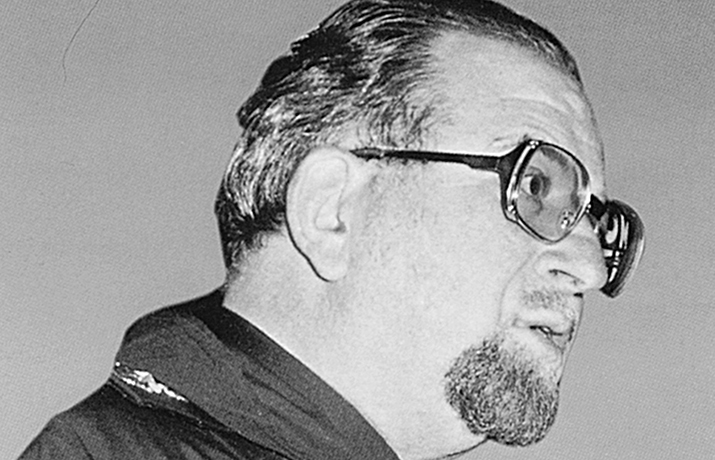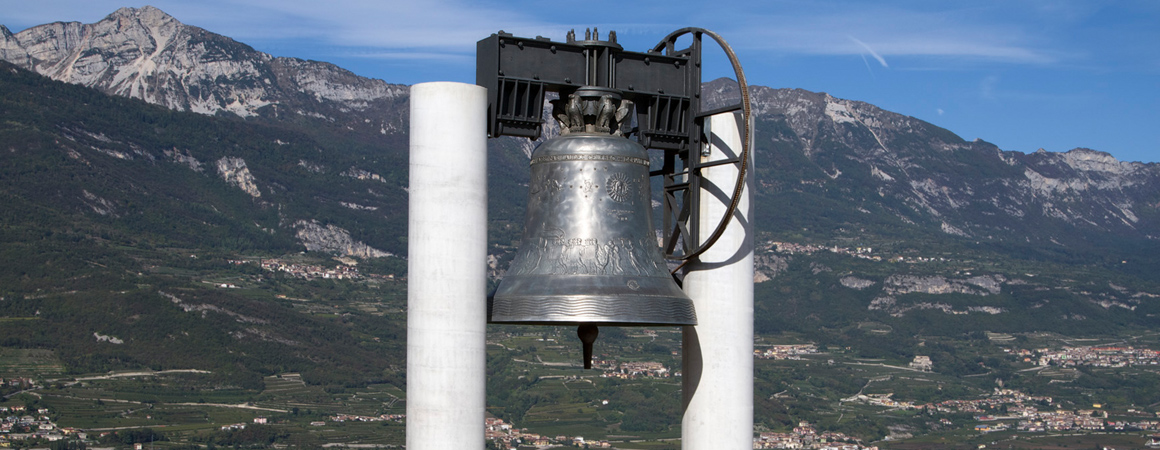After the death of Don Rossaro and a year of vacancy, on 15 May, 1953, the Opera Campana dei Caduti appointed Capuchin Father Eusebio Iori as President, at the request of the Municipality of Rovereto and the Military Ordinariate for Italy. This choice stemmed from the help he had provided to prisoners freed from concentration camps, including not only essential goods but also job opportunities. More pragmatic than his predecessor, Father Iori, born in 1918, was a man of action with a concrete social approach. He entered the Capuchins at a very young age, becoming a priest in 1942 and military chaplain the following year.
One of his first initiatives, rich in symbolism, was the Christmas Mass of 1953 held in the small church at the Brenner Pass, attended by soldiers from armies that had once been enemies. The aim was to overcome national barriers, and as the celebration was repeated over the years, it spread a message of peace that earned Iori international accolades, including honorary citizenship of Innsbruck and the Cross of Merit of the Austrian Republic. His religious calling constantly found expression in action rather than words. The restoration of the basilica of San Lorenzo in Trento, a Romanesque jewel abandoned for two centuries that some wanted to demolish, is emblematic of his efforts.
Iori involved the municipality and authorities. The funds arrived and in 1955 the work was completed. The basilica became a civic temple for the fallen soldiers of all wars.
He used the same method to found the Alcide De Gasperi Centre on Bondone in 1958: first an international colony for young Europeans, it was later used as a care centre for sick Trentino children, and finally as a school for the children of emigrants. They called it the “house in the clouds”: a place where great aspirations took tangible form through care for marginalised children — the first building block of a united Europe.
This was also his approach to managing the Bell of the Fallen: concrete action, lofty principles, and innovative ideas. He focused on the casting of a new clapper and on finding a more appropriate location for Maria Dolens, but also on a universal vision of the Bell as a symbol of global peace. He set up a press office, organised group visits, and leveraged modern tools to foster dialogue, coexistence, and appreciation of diversity.
On 7 June 1962, the Presidency unanimously decided to purchase a plot of land on the slopes of Castel Dante Hill, later renamed Miravalle — a symbolic and strategic choice to renew the mission of Maria Dolens, relocating it from the Malipiero bastion. The decision sparked controversy: some viewed it as a betrayal of Don Rossaro's original plan, which had envisioned the Bell at the heart of the city. Undeterred, Iori steadfastly defended his vision: the creation of a “Piazzale delle Genti”, a meeting place for peoples and a lasting symbol of Peace and brotherhood. In the meantime, the second Bell also had to be decommissioned. On 1 October 1964, the third casting took place at the Capanni foundry in Castelnuovo. The bronze was cast in absolute silence: there had been too many disappointments in the past. Eventually, a giant bell emerged: weighing 22,639 kilos, it stood 3.36 metres high and 3.21 metres wide, and featured a 600-kilogram clapper and a 10,300-kilogram yoke. The new Bell, the largest in the world capable of ringing in full swing, still bore the bas-reliefs by Stefano Zuech but with a more restrained appearance: the internal inscriptions had been removed, leaving only the words of Pius XII, John XXIII, and the poetic verses of the founder. A new era had begun. Ours.







